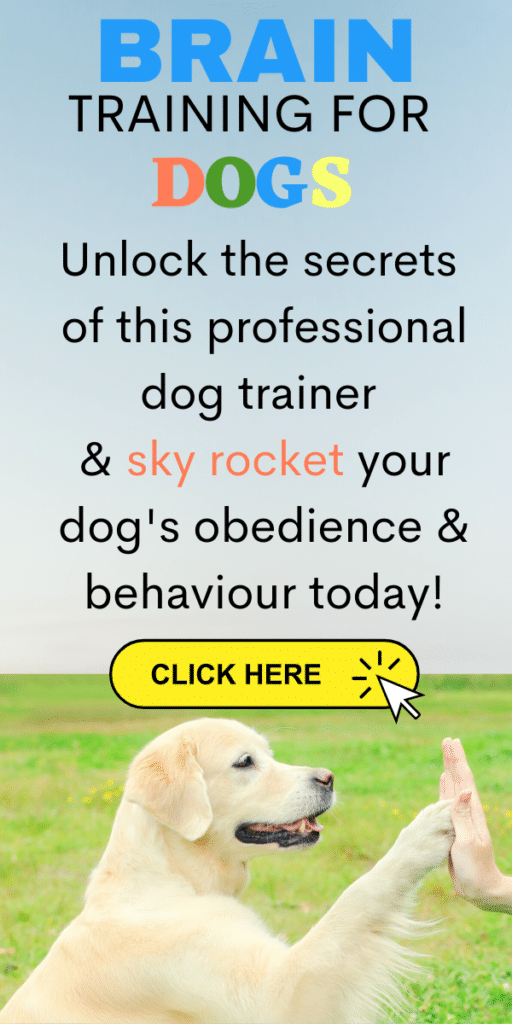Understanding Reactive Dog Training
Reactive dog training is a specialized approach designed to help dogs that overreact to specific stimuli, such as other dogs, people, or loud noises. Reactive behavior can include barking, lunging, growling, or even aggressive responses. Proper training can help transform a reactive dog into a calm and well-behaved companion.
Signs of a Reactive Dog
- Excessive barking or growling at strangers or other animals
- Lunging on the leash during walks
- Fear-based aggression or nervous behavior
- Hyper-focus on triggers (bikes, joggers, other dogs, etc.)
- Difficulty calming down after an outburst
Causes of Reactivity in Dogs
Several factors can contribute to reactive dog behavior, including:
- Lack of socialization – Insufficient exposure to different environments, people, and animals.
- Fear or Anxiety – Previous negative experiences may lead to defensive reactions.
- Overexcitement – Some dogs react out of excitement rather than aggression.
- Frustration – Leash frustration occurs when a dog wants to greet another dog but feels restrained.
How to Train a Reactive Dog
1. Identify Triggers and Manage the Environment
Before starting training, observe what causes your dog’s reactivity and avoid situations that could overwhelm them.
2. Use Positive Reinforcement Training
Reward calm behavior with treats and praise. Avoid punishment, as it can increase anxiety and worsen reactivity.
3. Teach the Look Command
Encourage your dog to focus on you instead of the trigger. Hold a treat near your face and say “Look” or “Watch me.” Reward them for eye contact.
Read More : Boarding Dog Training: The Best Solution for Busy Dog Owners
4. Implement the Desensitization and Counterconditioning Method
Gradually expose your dog to triggers at a comfortable distance while rewarding calm behavior. Increase exposure slowly to reduce negative reactions over time.
5. Train Loose Leash Walking
A tight leash can increase frustration and anxiety. Use a front-clip harness and reward calm walking behavior.
6. Practice Emergency Commands
Teach commands like “Leave it” or “Let’s go” to redirect your dog’s attention when needed.
7. Seek Professional Help If Necessary
If your dog’s reactivity is severe, consult a professional trainer specializing in behavior modification.
Alternative: Online Reactive Dog Training Program
For those who prefer training at home, Brain Training for Dogs is an excellent option. This program offers step-by-step guidance on obedience, behavior correction, and advanced dog training.
Why Choose Brain Training for Dogs?
- Science-Based Training Techniques – Uses positive reinforcement and cognitive training.
- Step-by-Step Video Tutorials – Easy-to-follow instructions from professional trainers.
- Flexible Training Schedule – Train at your own pace without the need for in-person classes.
- Affordable Alternative to Private Training – A cost-effective solution for dog owners.
- Suitable for All Dogs – Whether your dog is reactive or simply needs better obedience skills.
Start Training Today!
Take control of your dog’s reactivity with Brain Training for Dogs. Click the link below to access this highly-rated training program:
👉 Brain Training for Dogs – Official Website
Conclusion
Reactive dog training requires patience, consistency, and the right techniques to help your dog remain calm and confident. Whether you choose professional in-person training or an online program like Brain Training for Dogs, proper training can significantly improve your dog’s behavior. Get started today and enjoy a stress-free life with your furry friend!

